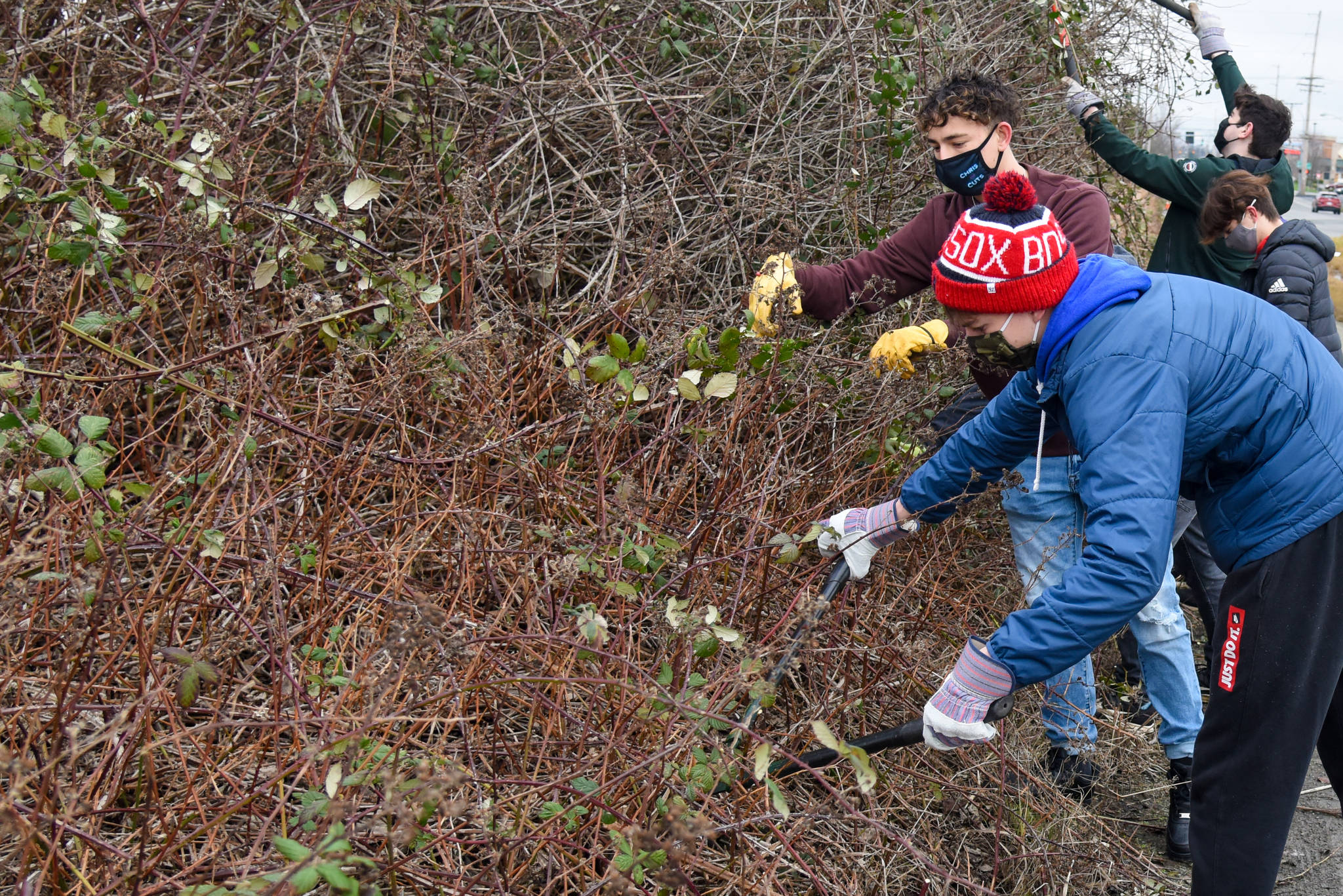Ballots for the Oak Harbor Public Schools levy have started arriving in mailboxes for the Feb. 9 vote.
The levy, if approved by voters, is expected to bring in $48.4 million over four years to fund learning resources that state funding does not cover.
The levy pays for sports, arts programs, after-school activities, advanced classes and more.
About 125 staff members are supported by local levy dollars and state levy matching funds. The school district can run the levy again in the spring if it does not pass on Feb. 9, but those programs would be cut if it fails twice.
“It’s pretty catastrophic for the community,” Superintendent Lance Gibbon said of a double levy failure.
The levy is called a “replacement levy” because the school district wants to maintain a stable tax rate, and the current levy expires this year.
The Island County prosecuting attorney must also give their approval to call the ballot measure a replacement levy.
The school district must ask for an overall dollar amount in the levy, so the tax rate is an estimation. If property values go up, then the rate taxpayers pay will go down. If property values go down, the tax rate will go up, but the overall funds pulled in will remain the same.
The estimated tax rate will be $2.28 per $1,000 assessed property value collected 2022-2025. Taxpayers paid the same rate this year; although the levy was advertised four years ago for a rate of $2.55, rising property values decreased the levy rate to $2.28 in 2020.
Local taxes account for close to 12 percent of the school district’s budget, and it receives some state levy matching funds because of low property values, in addition to regular school funding from the state.
The federal government also gives the district some money because it cannot collect property taxes on federally owned property.
By law, the state must fund what it deems to be basic education. Local levies are used to cover the gap in what the state pays and what the school district provides.
For example, state funding covers a school day that lasts five hours and 42 minutes. The Oak Harbor school district averages a six-hour and 13 minute school day, according to the district’s website.
Levy funds pay for the additional 30 minutes.
The school district also uses levy funds to support seven additional nurses, which have become increasingly important during the pandemic. State funds only cover 0.86 percent of the cost of one nurse.
Levy funds are also used to pay for transportation and special education programs when state funds are not enough. Local dollars pays for elective and advanced classes, athletics, visual and performing arts, technology, paraeducators, school nurses, mental health counselors, safety measures and more.
When the coronavirus forced students into distance learning, previous levy dollars paid for additional Chromebook computers, wifi hotspot devices and school supplies.
Gibbon answered questions during a levy presentation on social media Thursday night.
Several people took issue with paying for a levy when students were not in school full time, and being asked to pay more when some families have lost income.
One of the concerns critics have voiced is that the new levy would bring in about $7 million more than the previous one.
“Many people have lost their livelihood and are struggling financially. To have another government increase, it’s like kicking (you when) you’re down,” resident Paul Rempa said.
State laws require all staff to receive cost of living adjustments, including those paid for by local levies, and that is reflected in the levy amount along with inflation, according to the school district.
During an interview, Gibbon said there is some concern that voters may not approve the district’s ask due to the misperception that schools have been completely closed.
“But we’ve been open,” he said.
Indeed, the Oak Harbor school district was the largest in Western Washington to open in the fall with some in-person instruction.
Elementary school students went back to hybrid in-person classes in mid-October, and returned to hybrid in-person classes in January.
Students in grades 7-12 are expected to return to hybrid in-person classes in early February if the district’s reopening conditions are met.
The school district has also allowed some athletic programs to continue in small groups, high school clubs have met for service projects and the school lunch program has boomed. Special education programs were also allowed to continue.
One of audience members during Thursday night’s presentation cautioned people to think of the future.
“Teachers, staff, counselors, specialists and many others are working as hard as they can at this time to ensure our kids are receiving the best care they can — and this is the way to make sure they have something to come back to,” Marina Bankowski said.
When the pandemic is finally over, the school district plans to provide ways for students to make up for learning loss with after-school help and summer programs that will require levy funds.
The 2021 levy should not be confused with the district’s plans to design and build five additional schools; those would be paid for with a bond on the ballot next year.
No dollar amount for the bond has been set.
Election day is Feb. 9 and ballots must be postmarked or returned to a ballot drop box by 8 p.m.
More information can be found on the school district’s website.



